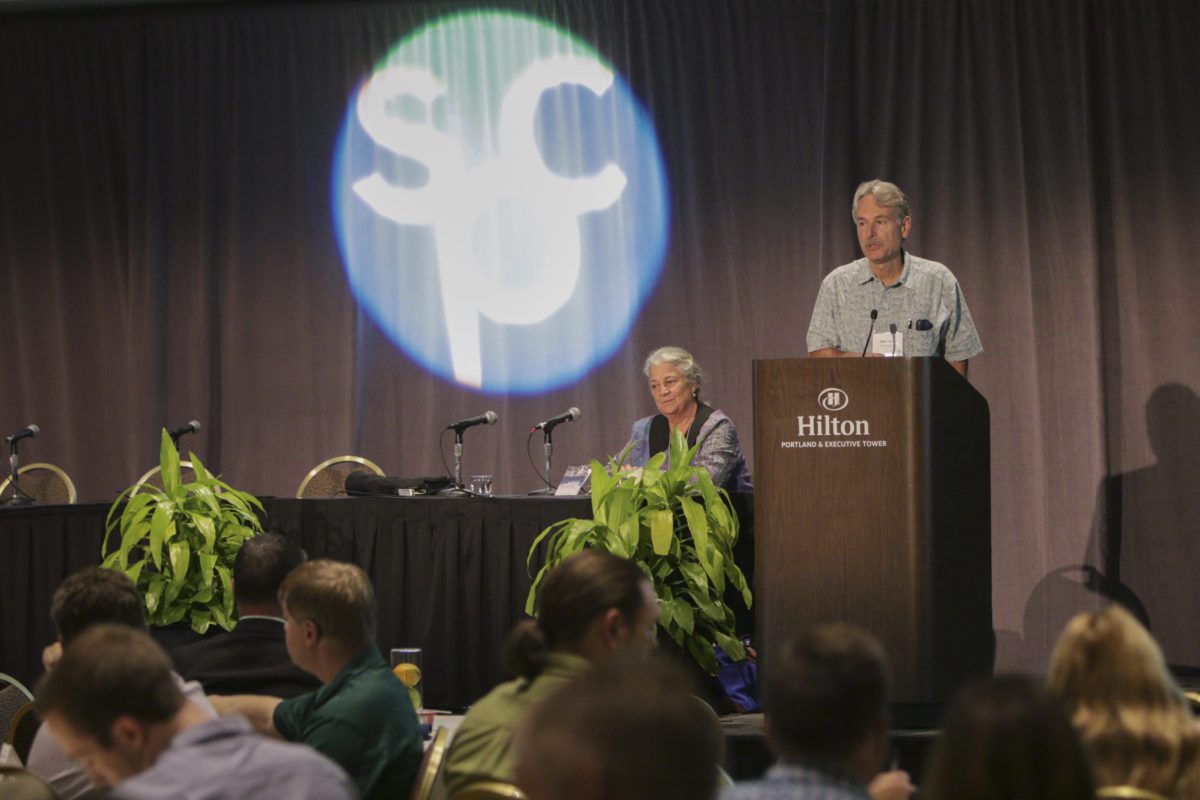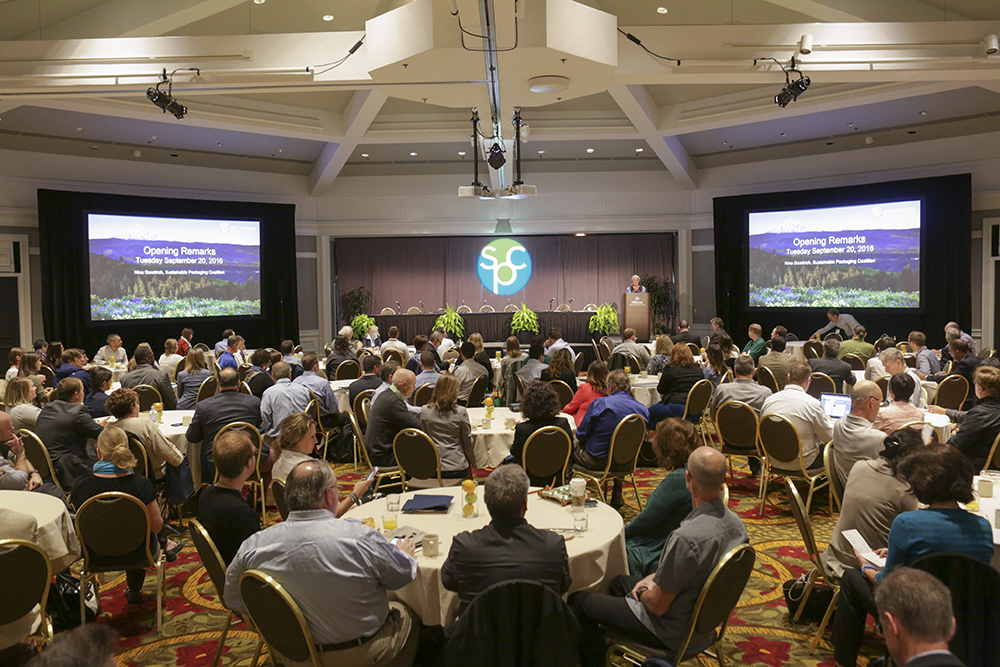Thanks to Sarah Crow at the American Forest Foundation for her help in writing this article.
Many companies with sustainable packaging goals use procurement policies and requirements as a strategy to meet these goals. For wood fiber-based packaging, this often means sourcing pulp and paper products certified by a credible third-party audited system such as the Forest Stewardship Council (FSC), Sustainable Forestry Initiative (SFI), American Tree Farm System (ATFS), or combinations of each. Access to certified fiber, however, is often limited and many companies face a difficult challenge of how to meet responsible sourcing goals when certified fiber is not an option.
GreenBlue’s Forest Products Working Group (FPWG) and the American Forest Foundation (AFF) have been working together to address this challenge. With input from a wide range of stakeholders, including companies, brands, NGOs, family woodland owners and state and federal agencies, FPWG and AFF are exploring the development of a resource that uses a landscape-based evaluation – rather than by parcel – to provide visibility into wood baskets and demonstrate the outcomes of sustainable forest management, at scale.
This proposed landscape-based model aggregates a suite of different available data flows into a context that brand owners can use to inform their wood-fiber sourcing goals. The model focuses on woodlands owned by families and individuals, who collectively own 35% of forestland in the United States and supply more than 50% of material flow to the forest products industry including packaging. The system recognizes and supports the existing forest certification and related systems as important indicators of sustainability. A landscape model can help showcase areas where certification has had clear sustainability benefits and highlight opportunities to further engage family landowners to drive positive conservation impacts.
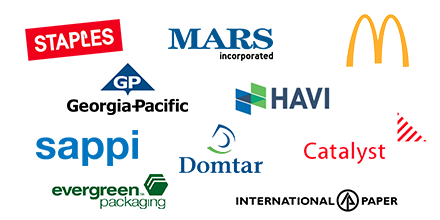
Just recently the FPWG and AFF met at HAVI, a supply chain and logistics firm, in Downers Grove, IL with the goal of further shaping the concept. Leadership companies including Staples, Mars Incorporated, McDonald’s, HAVI, Target, Sappi North America, Catalyst, Domtar Corporation, Georgia-Pacific, Evergreen Packaging, WestRock, and International Paper have participated in a number of discussions to discuss key considerations necessary for such an ambitious endeavor.
Drawing on input from the stakeholders, AFF and the FPWG used the meeting at HAVI to answer key questions:
- What is the best strategy for the landscape model to align with and support existing certification systems?
- What sustainability indicators can and should be included?
- What is the most effective strategy for evaluating sustainability?
- How do we continue to work effectively with a broad group of stakeholders?
Acknowledging that developing a landscape model is a significant undertaking, the group was able to gain consensus and make progress in several key areas. A recurring theme throughout the conversations has been the need to provide a narrative and context to any presented data and analyses at the landscape level. As one member stated, “We know a lot is happening and being measured now and we want to show the results in a way where we can determine what is contributing to forest health.”
While there is a recognition that development of such a model is an ambitious endeavor, there is a great deal of enthusiasm and support for the effort. Drawing on strides made at the meeting, the next steps in the model’s development include further engagement of ENGOs and data experts, identifying data sources and refinement of the indicators within the wider framework. Refined sketches of the model are expected later this year.
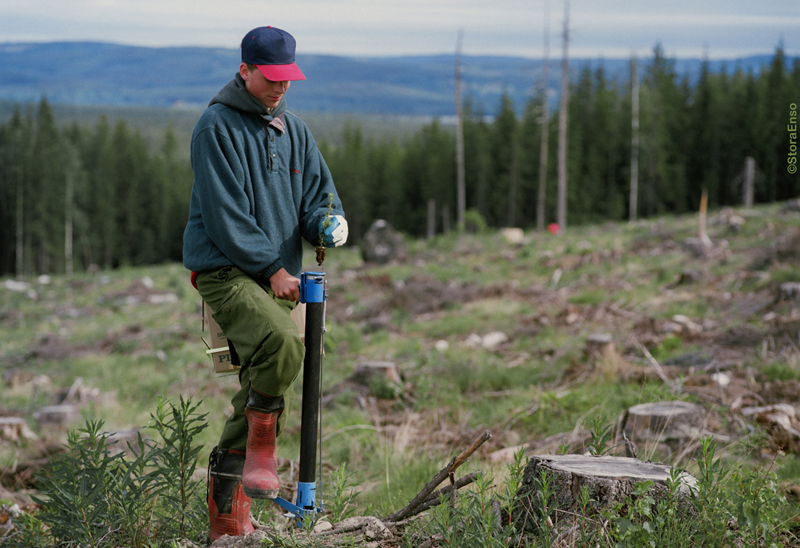



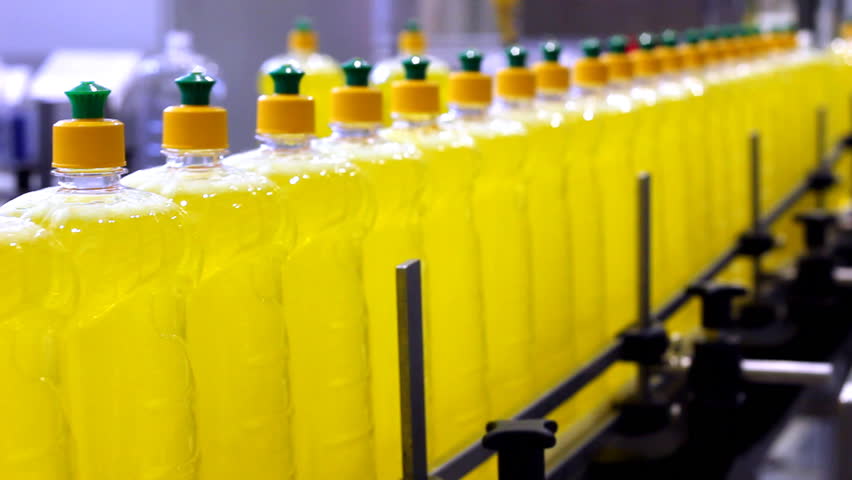



 “Wherever you see the large scale environmental injury, you’ll also see the subversion of democracy, the corruption of public officials, the capture of political agencies that are supposed to protect all Americans from pollution,” Kennedy said.
“Wherever you see the large scale environmental injury, you’ll also see the subversion of democracy, the corruption of public officials, the capture of political agencies that are supposed to protect all Americans from pollution,” Kennedy said.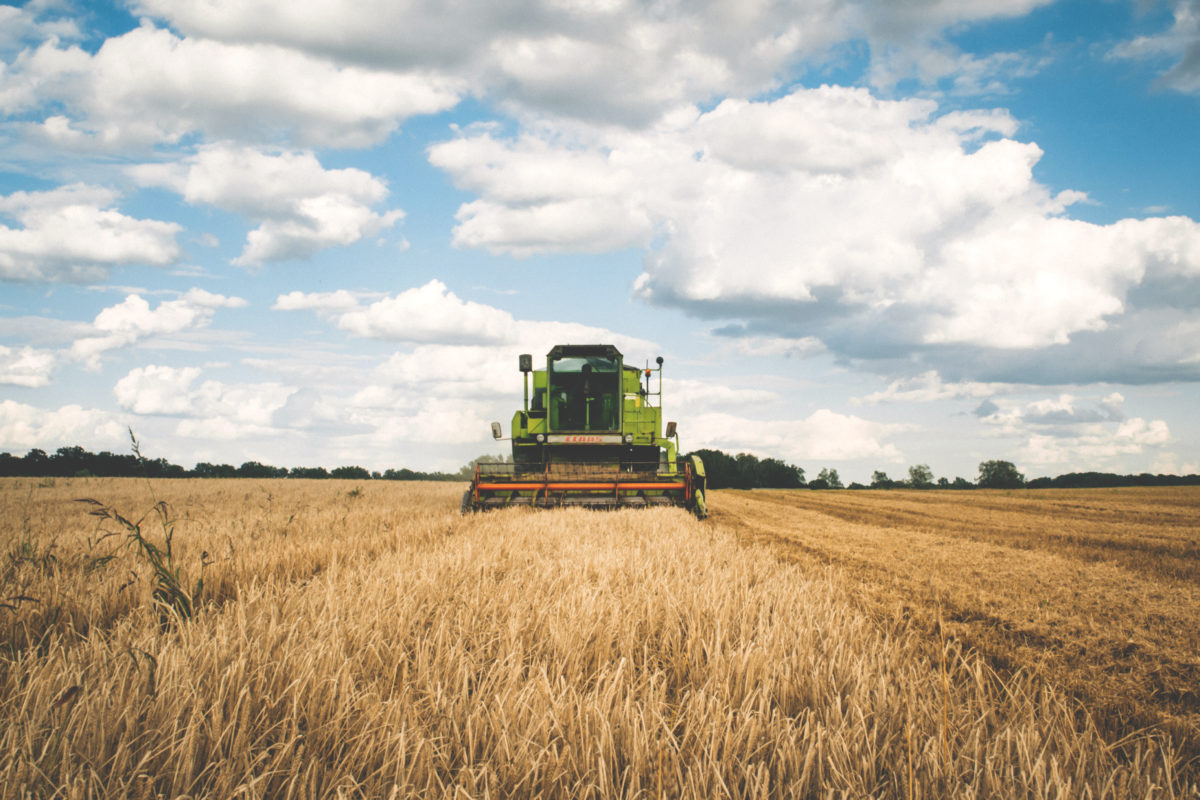
 The label is currently on Kashi products that source from farmlands that are
The label is currently on Kashi products that source from farmlands that are 
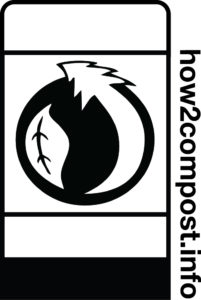 Non-compostable plastic bags that are tinted green,
Non-compostable plastic bags that are tinted green, 